Cardamom Spice: The Secret Ingredient That Elevates Every Dish (And How to Use It Like a Pro)
Table of Contents
Introduction to Cardamom Spice
Cardamom spice, often referred to as the 'Queen of Spices,' is one of the most versatile and aromatic ingredients in the world of cooking. Known for its warm, sweet, and slightly citrusy flavor, cardamom has been used for centuries in both sweet and savory dishes across different cuisines.
Whether you're baking a traditional Indian dessert, brewing a fragrant chai tea, or adding depth to a Middle Eastern stew, cardamom can elevate your dish with just a pinch. But how do you use it? What are the best ways to store it? And how do you choose the right type?
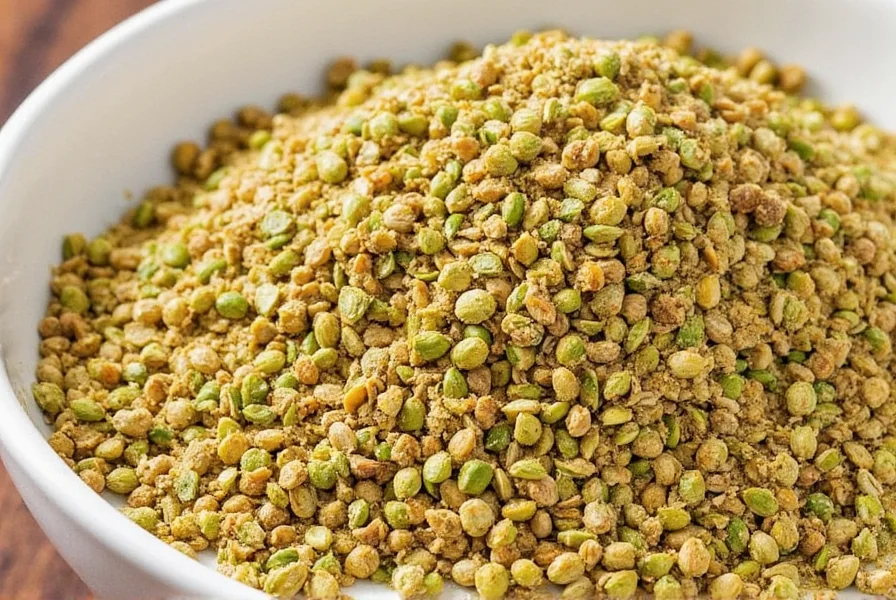
Types of Cardamom Spice
There are two main types of cardamom spice: green cardamom and black cardamom. While they both come from the same plant, their flavors and uses differ significantly.
| Type | Appearance | Flavor | Common Uses |
|---|---|---|---|
| Green Cardamom | Small, green pods | Sweet, floral, and slightly citrusy | Baking, desserts, teas, and curries |
| Black Cardamom | Larger, dark brown pods | Smoky, earthy, and more intense | Savory dishes, stews, and meat preparations |
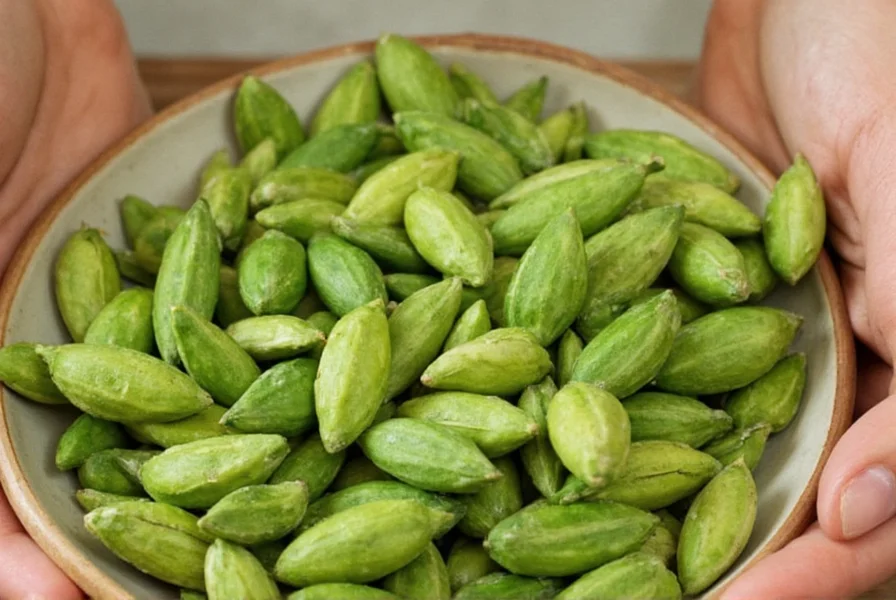
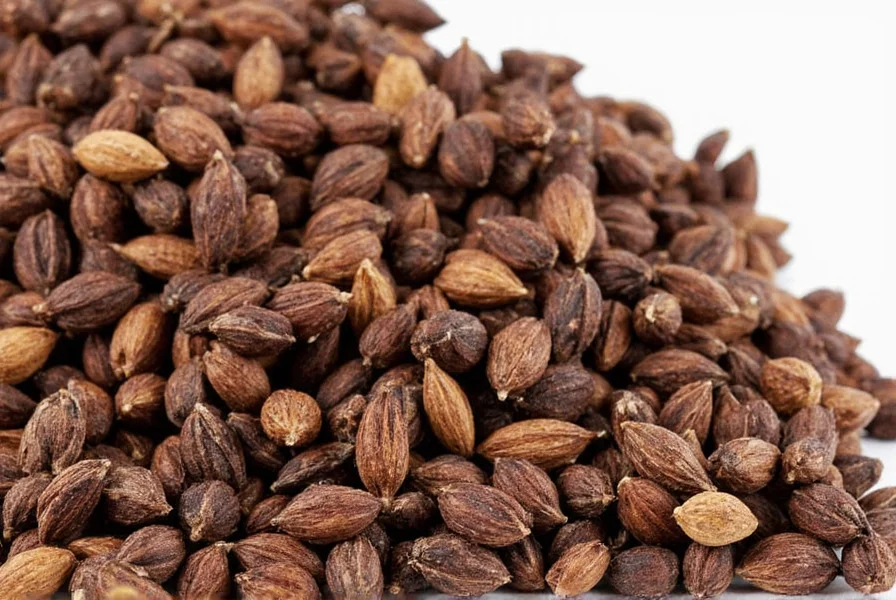
Flavor Profile and Aroma
Cardamom’s unique flavor comes from its essential oils, which give it a complex profile that combines sweetness, warmth, and a hint of citrus. It’s not overpowering like cinnamon or cloves, but it adds a subtle, aromatic lift to any dish.
The aroma of cardamom is equally impressive. When ground, it releases a rich, spicy scent that’s both comforting and invigorating. This makes it a popular ingredient in perfumes, incense, and even Ayurvedic medicine.
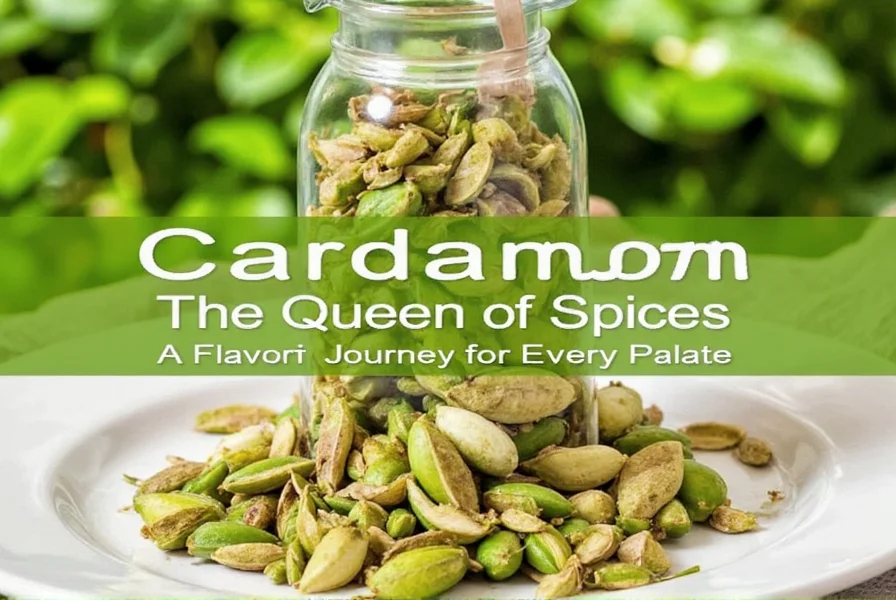
Practical Tips for Using Cardamom Spice
Here are some practical tips to help you get the most out of cardamom:
- Use it fresh: Fresh cardamom pods have a more vibrant flavor than pre-ground versions. Crush them gently with the back of a knife before using.
- Toast it: Toasting cardamom in a dry pan enhances its flavor. Just heat it over medium heat for a few minutes until it becomes fragrant.
- Add it early: Cardamom works best when added early in the cooking process so its flavor can infuse into the dish.
- Pair it wisely: Cardamom pairs well with cinnamon, nutmeg, ginger, and vanilla. Avoid pairing it with strong spices like cumin or turmeric unless you want a bold flavor.
- Store properly: Keep cardamom in an airtight container away from light and moisture. Ground cardamom should be stored in the fridge or freezer for longer shelf life.
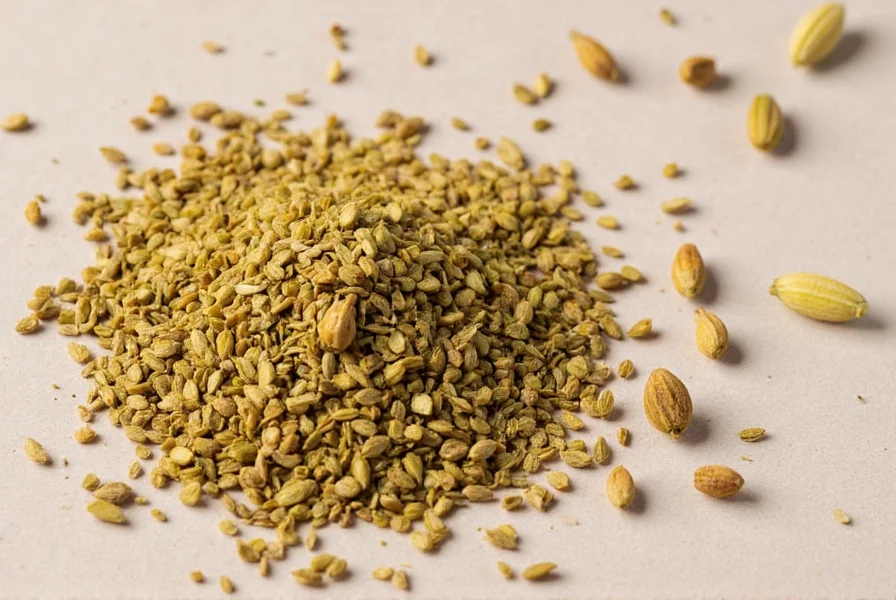
Buying Guide: How to Choose the Best Cardamom Spice
Choosing the right cardamom can make a big difference in your cooking. Here’s a detailed guide to help you select the best quality:
What to Look For
- Color: High-quality green cardamom should be bright green, not yellow or brown. Black cardamom should be dark and glossy.
- Aroma: Fresh cardamom should have a strong, sweet, and aromatic scent. If it smells stale or musty, it may be old.
- Texture: Avoid cardamom that is too brittle or crumbly. It should be firm but not hard.
Recommended Products
If you're looking for high-quality cardamom, here are a few options that stand out:
- Organic Green Cardamom Pods - Premium Grade
- Features: Organic, non-GMO, and sourced from India.
- Advantages: Rich flavor, long shelf life, and ideal for home cooks and professionals.
- Use Cases: Baking, beverages, and spice blends.
- Target Audience: Anyone who loves authentic, natural spices.
- Suitable Occasions: Festive meals, coffee shops, and gourmet kitchens.
- Black Cardamom Whole - Sourced from Nepal
- Features: Naturally dried, with a deep smoky flavor.
- Advantages: Ideal for savory dishes and traditional recipes.
- Use Cases: Stews, meats, and braised vegetables.
- Target Audience: Chefs and food enthusiasts seeking authentic flavor.
- Suitable Occasions: Winter soups, holiday feasts, and hearty meals.
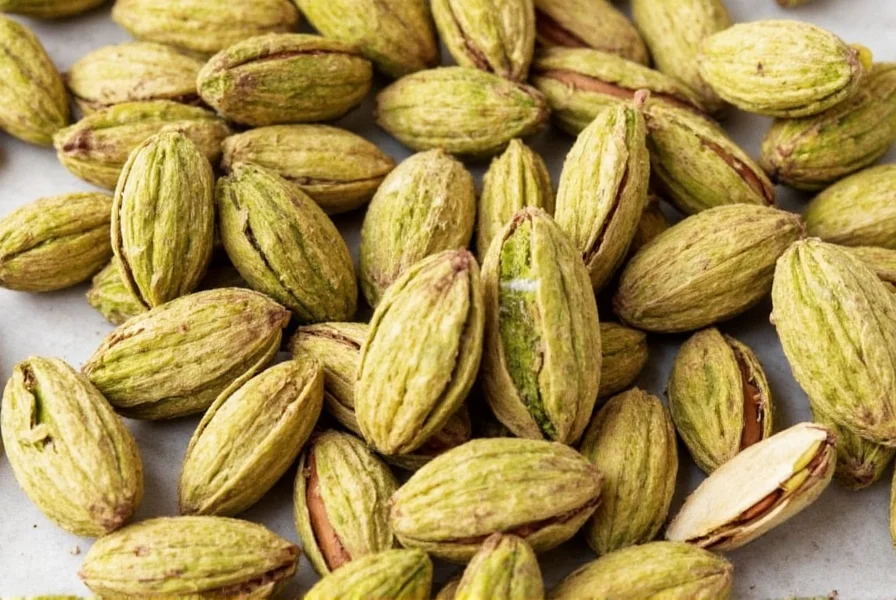
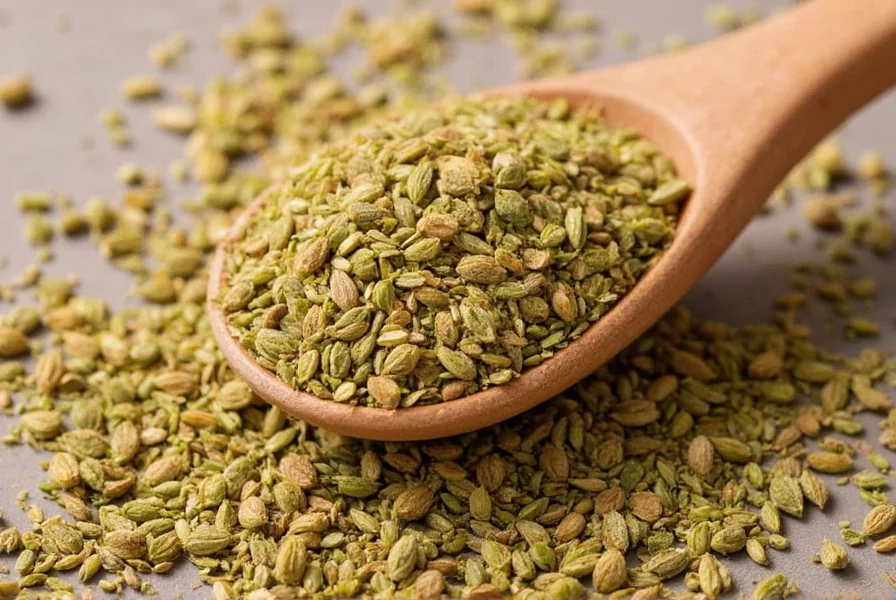
Culinary Uses and Recipes
Cardamom is incredibly versatile and can be used in a wide range of dishes. Here are some popular culinary applications:
1. Cardamom Tea
A simple yet delicious way to enjoy cardamom is by making a spiced tea. Boil water, add crushed cardamom pods, a bit of sugar, and let it steep for a few minutes. Serve hot for a comforting drink.
2. Cardamom Biryani
This classic Indian dish features rice cooked with saffron, ghee, and cardamom. The spice adds a delightful aroma and depth to the dish, making it a favorite at celebrations and family dinners.
3. Cardamom Coffee
Many cultures, especially in the Middle East and South Asia, use cardamom in coffee. Simply grind a few cardamom pods and mix them into your coffee beans for a unique, aromatic brew.
4. Cardamom Cookies
Cardamom is a key ingredient in many traditional cookies and pastries. Its warm, sweet flavor complements buttery and creamy textures perfectly.
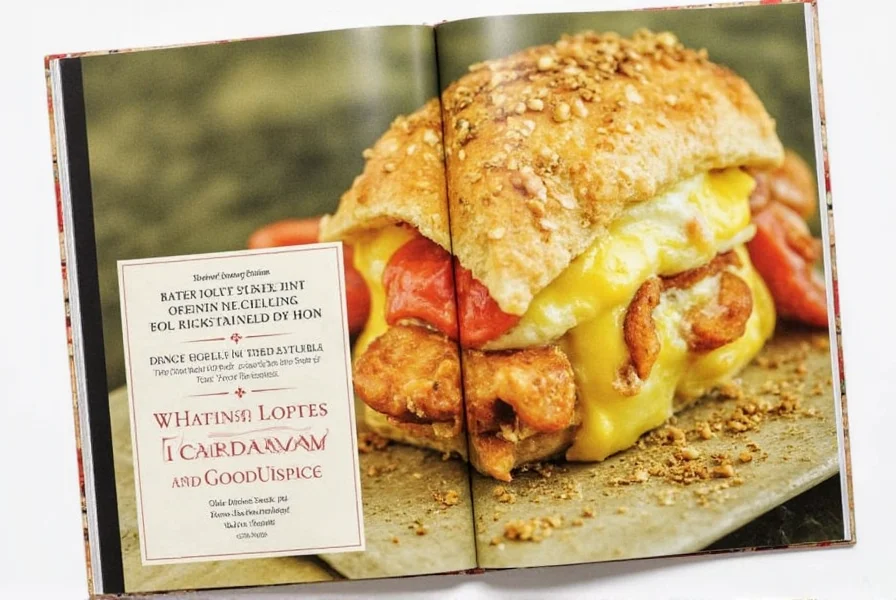
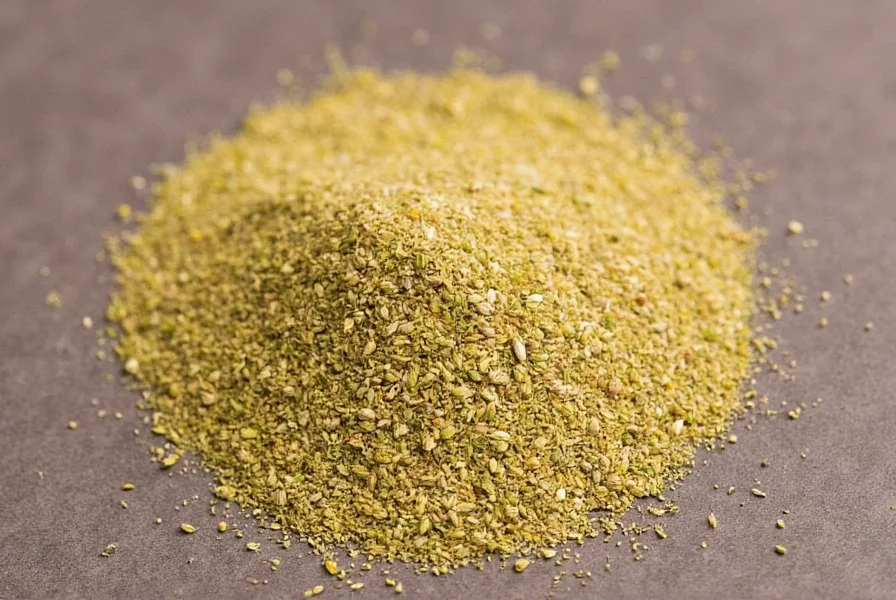
Conclusion
Cardamom spice is more than just a flavor enhancer—it's a cultural treasure that brings warmth, aroma, and depth to countless dishes around the world. Whether you're a seasoned chef or a curious home cook, understanding how to use and store cardamom can take your cooking to the next level.
From its distinct types to its diverse uses, cardamom offers something for everyone. With the right techniques and quality ingredients, you can unlock its full potential and create unforgettable flavors in your kitchen.
So go ahead—grab a pod, crush it, and let its magic transform your next meal. After all, cardamom isn’t just a spice; it’s a celebration of taste and tradition.
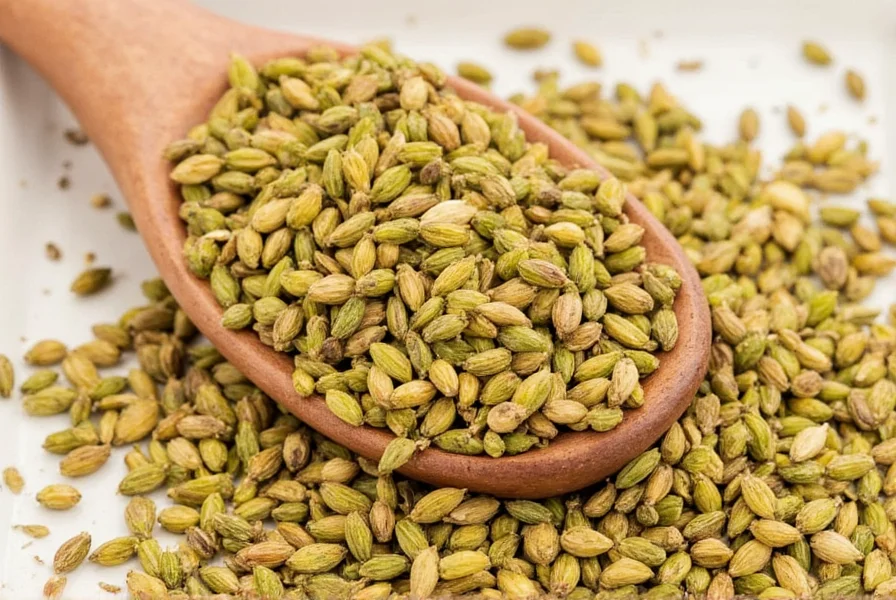










 浙公网安备
33010002000092号
浙公网安备
33010002000092号 浙B2-20120091-4
浙B2-20120091-4